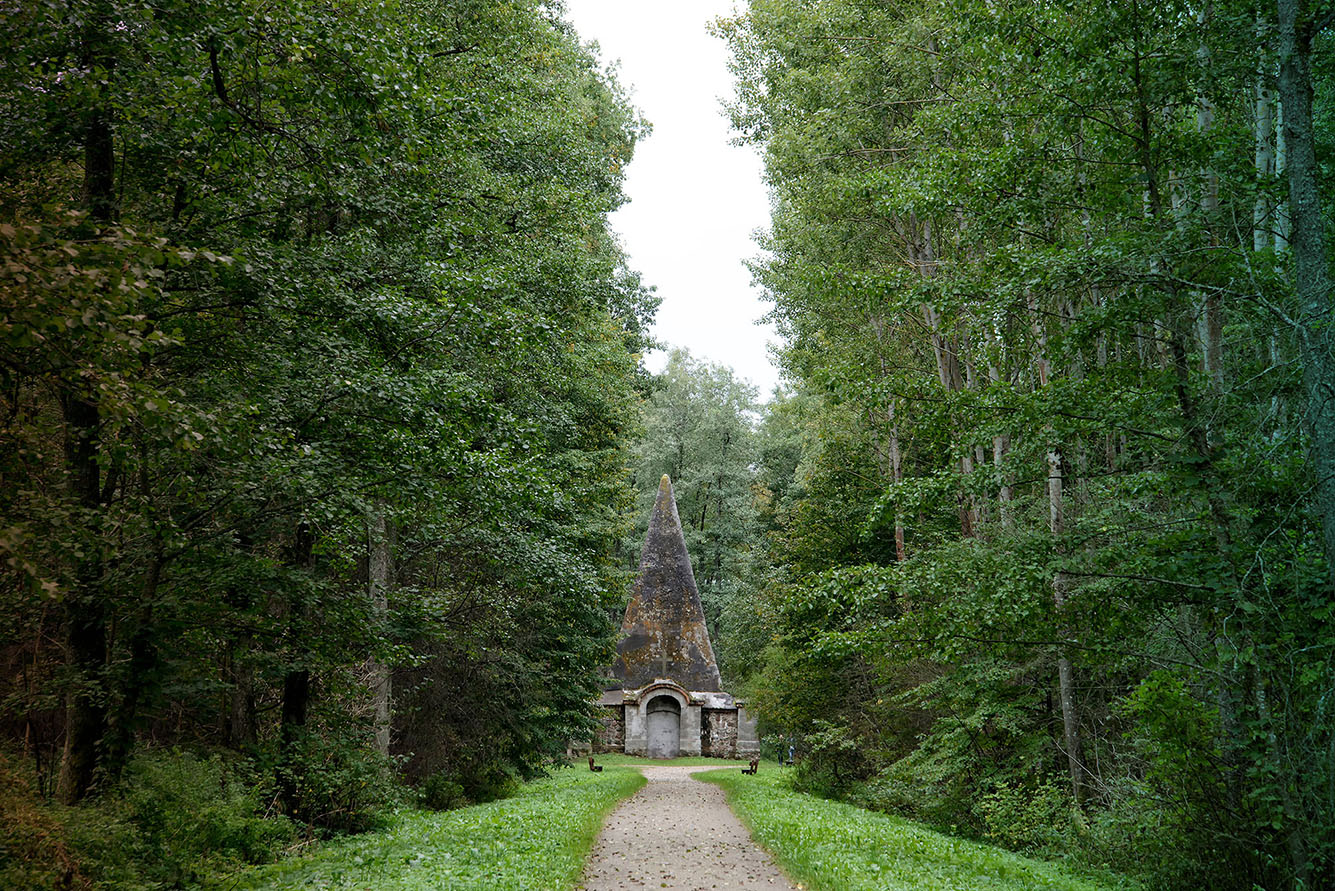While we are quite used to the concept of a pyramid as a tomb, like in ancient times, we think of their modern copies as more about form than function. Like the pyramid at the Louvre in Paris or the Luxor Hotel in Las Vegas. However, a small pyramid-shaped construction near Rapa, hidden in a forest in north-eastern Poland, is an exception.
At first glance, it doesn’t strike as a copy of its Egyptian precursors, but its architect must have studied and strictly observed some of the ancient principles intended to make good use of alleged cosmic energy. Not to mention the traditional role pyramids are supposed to fill – the conservation of the bodies inside.
Giving an ancient tradition new life
The pyramid-shaped burial chapel in Rapa (then called Angerapp) was built at the beginning of the 19th century, although the precise date is unclear. It was commissioned by one of the wealthiest men in East Prussia, Friedrich von Farenheid (Fahrenheit). Not only was he rich, but he was also well-educated. Living close to then-Königsberg (now Kaliningrad, capital of the Russian exclave), he is said to have attended lectures by Immanuel Kant and studied in Paris.
In the capital of France, he took an interest in ancient history and began to study the pyramids of Giza. So when his beloved daughter Ninette died of scarlet fever, he decided on an unconventional burial chapel. Over 15m tall, sitting on a square base over 10m long, it looks too steep to be an Egyptian-inspired pyramid from the outside. But its inner walls have precisely the same angle against the base as its famous counterparts.
One of the more modern interpretations claims that this shape helps harness cosmic energy and, in effect, preserves bodies from decomposing. This theory only developed in the 20th century, but there may be something to it, as bodies buried in pyramids were in fact mummified.
The Pyramid Effect
Over the next 40 years, seven family members were also buried in the chapel. Legend has it that they were all victims of one fatal dinner where poisonous mushrooms were served by accident. Although the fabled ill-fated dinner may have indeed happened, no such accident was ever actually reported. Another legend says that the corpses were decapitated in a supposed wraith hunting during a plague.
In this part of the world, the undead were often accused of causing contagious diseases. People would, in that case, focus on a particular dead person and try to prevent them from rising from the grave. This time, the evidence of the dead’s “guilt” would be proven by the “pyramid effect”: that corpses were untouched by decomposition. However, the more likely reason is that the corpses were desecrated during a 20th-century grave robbery.
Lost in the woods away from the palace, Rapa Pyramid was seemingly forgotten for decades after Farenheids sold the property. However, it has been rescued from disrepair in recent years and now attracts amateurs in both history and arcane knowledge looking for traces of truth in the legends around the mysterious pyramid.







